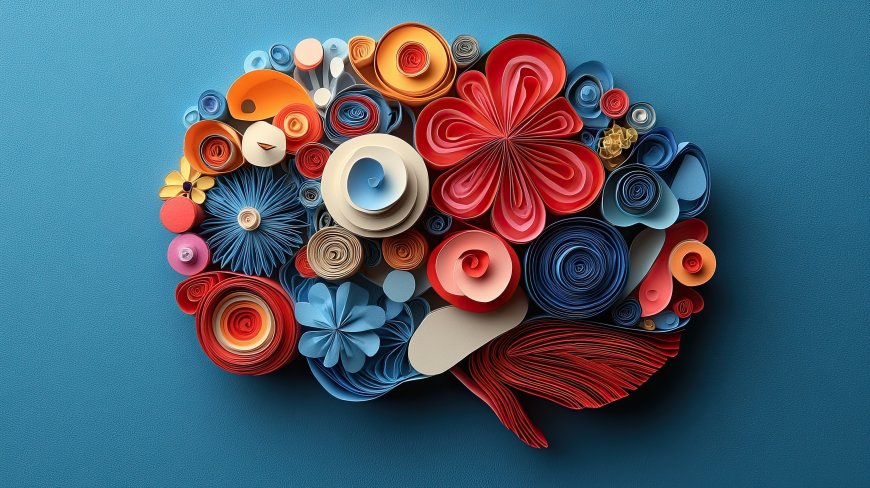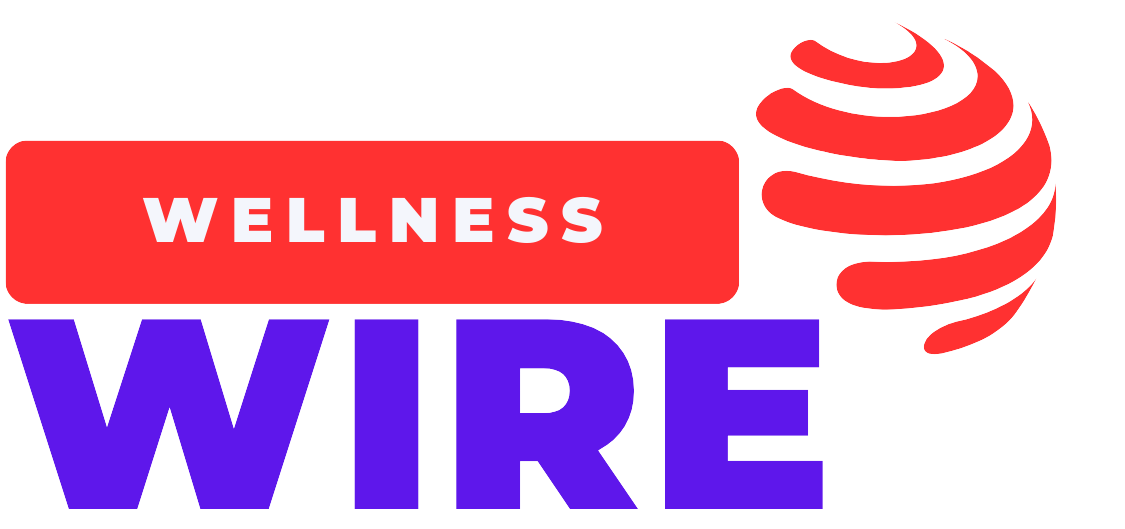Neuroaesthetics: How Art and Design Shape Mood, Mind, and Productivity
Discover how neuroaesthetics—the science of how art and design affect the brain—can enhance mood, reduce stress, and boost productivity in daily life.

Have you ever felt an instant sense of calm in a beautifully designed room? Or noticed a boost in creativity when surrounded by inspiring artwork? This isn’t just a coincidence—it’s neuroaesthetics at work. Neuroaesthetics is the study of how art, color, and design impact the brain, shaping emotions, focus, and overall well-being.
From office spaces to home decor, understanding neuroaesthetics can help us create environments that reduce stress, improve productivity, and enhance happiness. Let’s explore how our surroundings influence our minds and how we can harness this knowledge for better living.
What is Neuroaesthetics?
Neuroaesthetics is a field that combines neuroscience, psychology, and design to study how visual elements affect brain function. It helps explain why certain colors make us feel energized, why nature-inspired spaces reduce stress, and how art can trigger positive emotions.
The idea is simple: our environment shapes our mental state. By making conscious design choices, we can create spaces that improve our mood, boost concentration, and promote creativity.
How Art and Design Influence Mood
1. The Power of Color Psychology
Colors have a strong psychological impact, influencing emotions and behaviors in subtle yet powerful ways.
- Blue & Green → Promote calmness, focus, and relaxation (ideal for offices and bedrooms).
- Yellow & Orange → Boost energy, optimism, and creativity (great for workspaces and social areas).
- Red → Increases alertness and intensity but can also cause stress in large amounts.
- Neutral Tones (Beige, Gray, White) → Create a sense of balance and simplicity but can feel dull if overused.
2. Shapes and Patterns Affect Perception
The brain responds differently to various shapes and forms.
- Curved lines and organic shapes (found in nature) are soothing and inviting.
- Sharp angles and geometric designs can create a sense of structure but may feel rigid or overwhelming if overused.
3. Natural Elements Reduce Stress
Studies show that nature-inspired designs (biophilic design) lower cortisol levels and increase well-being. Simple ways to incorporate this include:
- Adding indoor plants to improve air quality and relaxation.
- Using wood, stone, or water elements in home and office spaces.
- Increasing natural light to enhance mood and productivity.
4. Artwork Stimulates Positive Emotions
Viewing art activates the reward center of the brain, similar to experiencing love or listening to music. Abstract paintings, sculptures, and photographs can:
- Evoke joy and inspiration.
- Reduce anxiety by providing mental escape.
- Enhance creativity by encouraging new perspectives.
How Neuroaesthetics Boosts Productivity
1. The Right Workspace Design Improves Focus
An effective workspace isn’t just about comfort—it’s about stimulating the brain while reducing distractions. Consider:
- Decluttered, organized spaces to enhance mental clarity.
- Soft lighting to reduce eye strain and fatigue.
- Personal touches (photos, artwork, or souvenirs) to create a sense of belonging and motivation.
2. Open vs. Private Workspaces
- Open spaces encourage collaboration but can lead to noise distractions.
- Private zones help with deep focus and concentration.
A balance between the two leads to the best results.
3. Sensory Design and Soundscapes
- Soft background music or nature sounds can improve cognitive performance.
- White noise machines can block distractions in open offices.
- Tactile textures (soft furniture, warm lighting) provide comfort and reduce stress.
Practical Tips to Apply Neuroaesthetics in Daily Life
- Personalize Your Space → Surround yourself with colors, images, and objects that bring joy.
- Use Natural Light → Maximize sunlight exposure for improved mood and sleep quality.
- Incorporate Art → Choose artwork that inspires and calms you.
- Add Greenery → Plants boost air quality and mental well-being.
- Balance Minimalism and Comfort → A clutter-free space promotes focus, but cozy elements make it inviting.
- Experiment with Color Psychology → Use different tones to create the desired mood in each room.
Conclusion
Neuroaesthetics proves that our environment deeply affects our emotions, productivity, and mental well-being. Whether at home, in the workplace, or in public spaces, thoughtful design choices can lead to a happier, healthier, and more inspired life.
By consciously designing spaces that support our mental and emotional needs, we can turn everyday environments into sources of motivation and tranquility.
How does your environment affect your mood and focus? Share your thoughts in the comments!
What's Your Reaction?
 Like
0
Like
0
 Dislike
0
Dislike
0
 Love
0
Love
0
 Funny
0
Funny
0
 Angry
0
Angry
0
 Sad
0
Sad
0
 Wow
0
Wow
0



















































